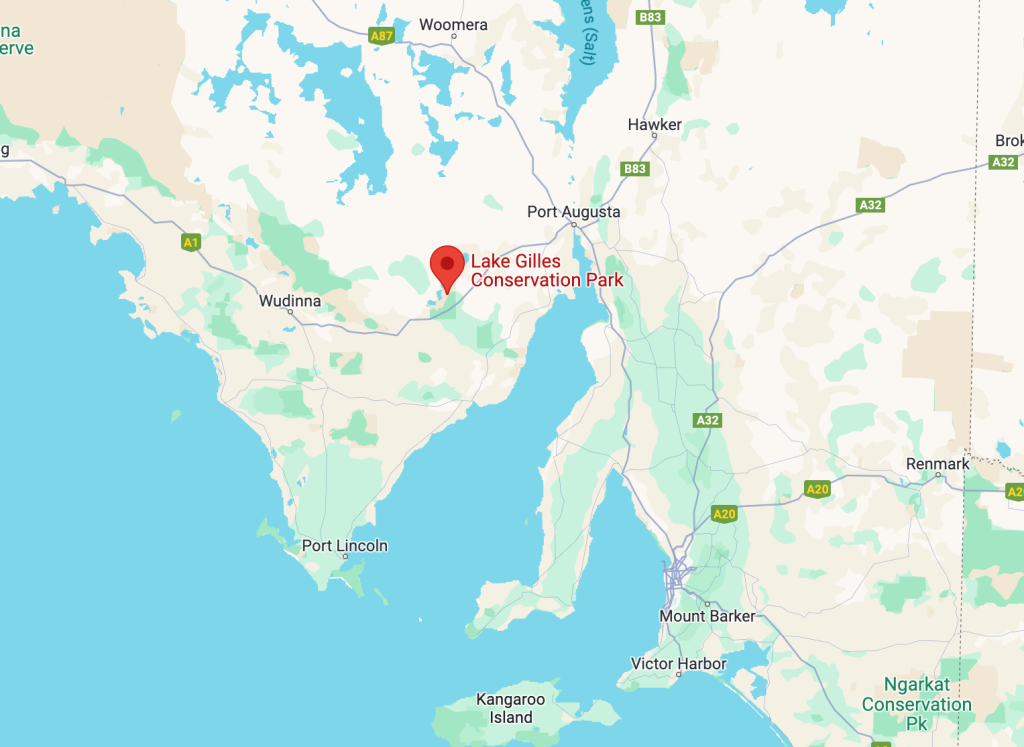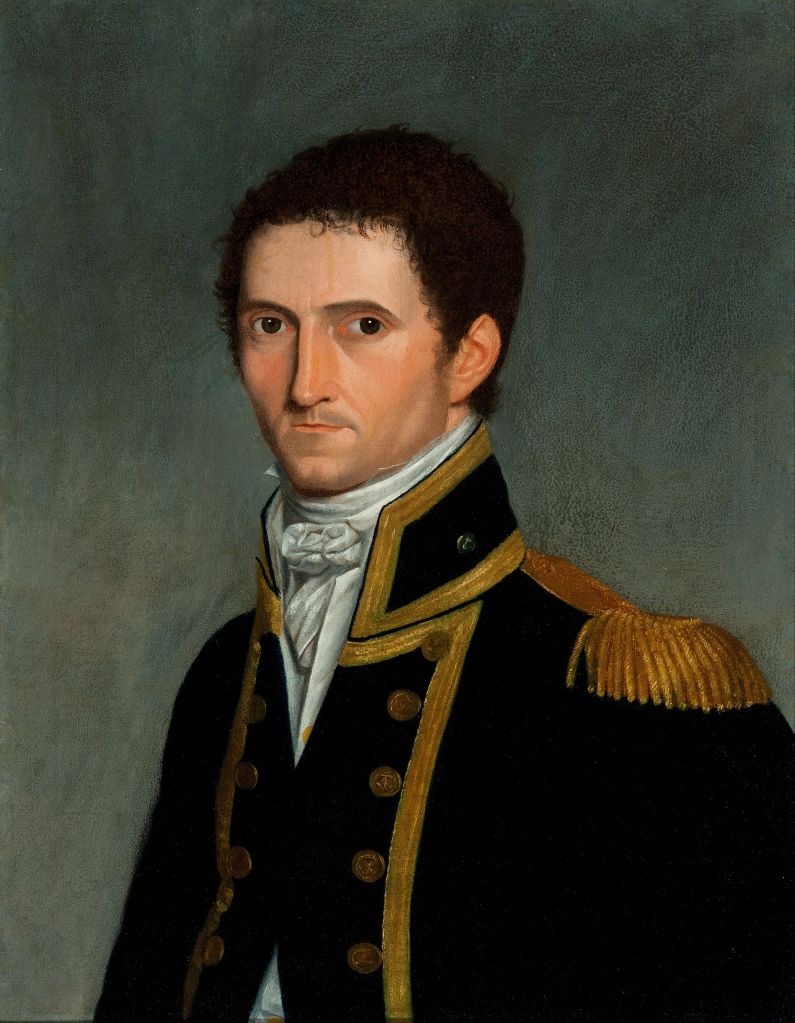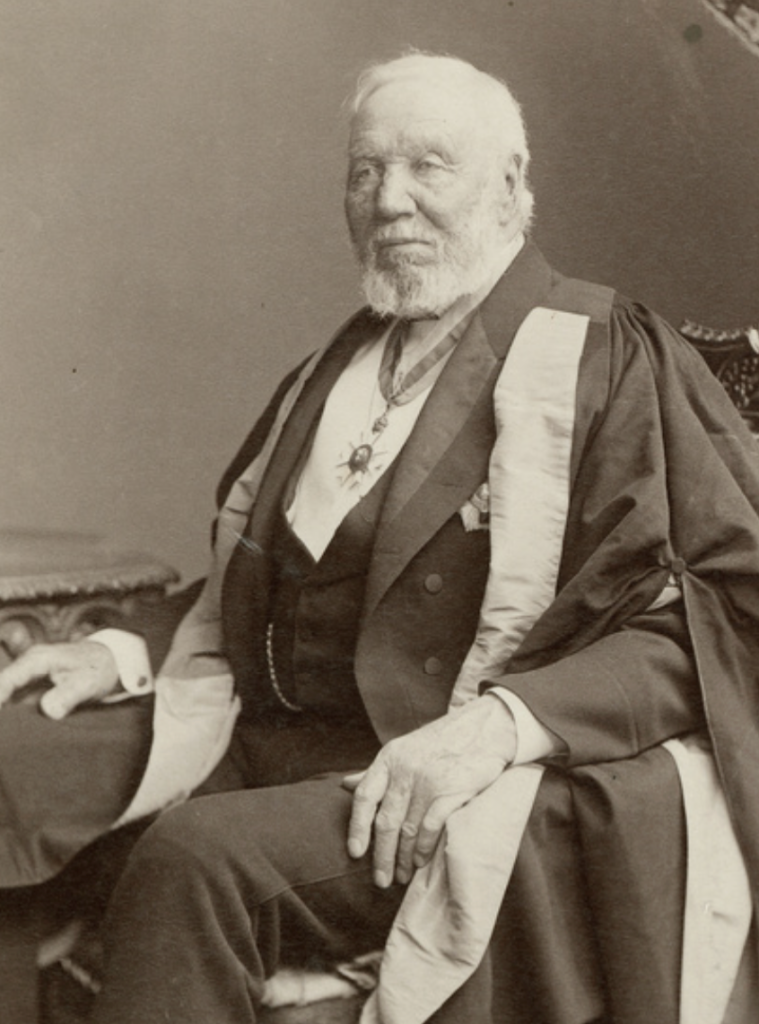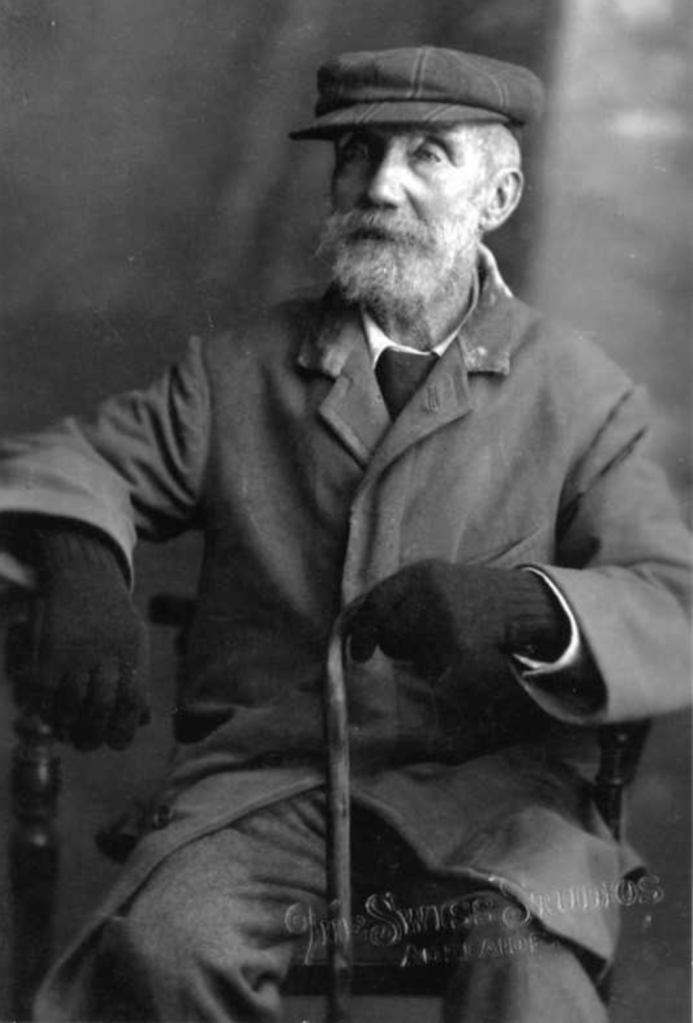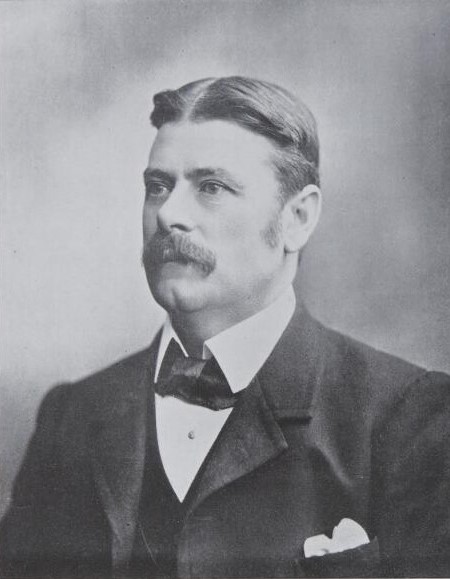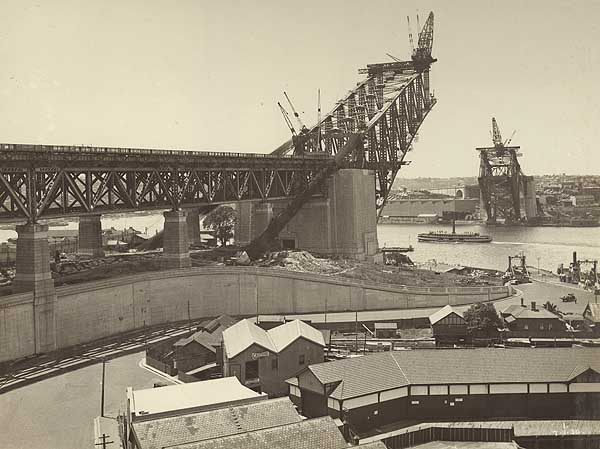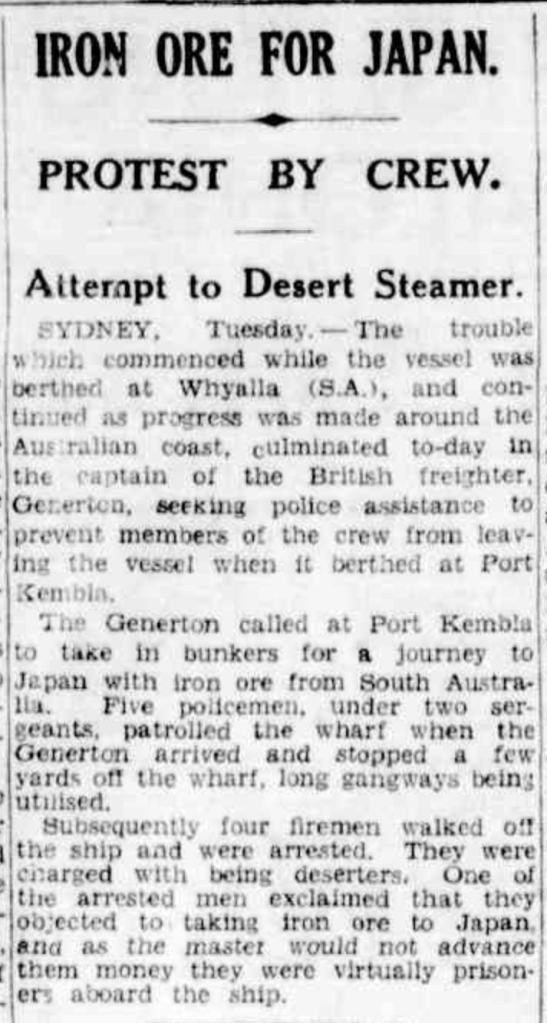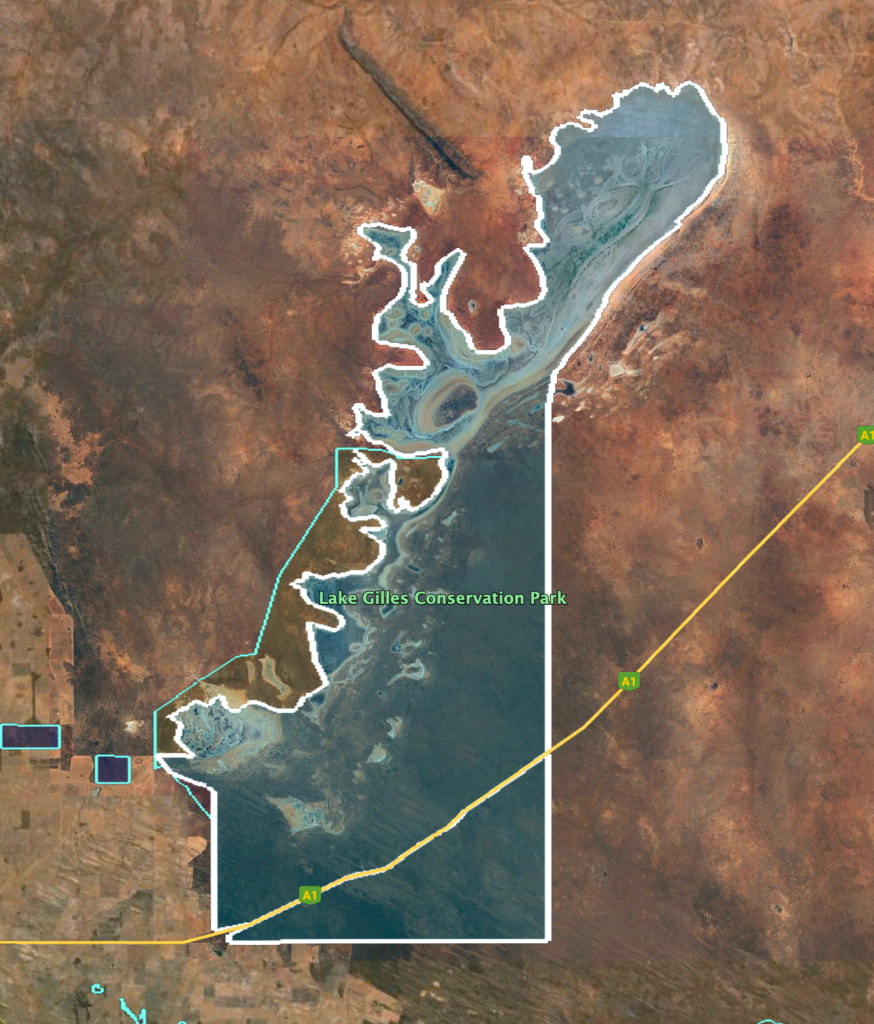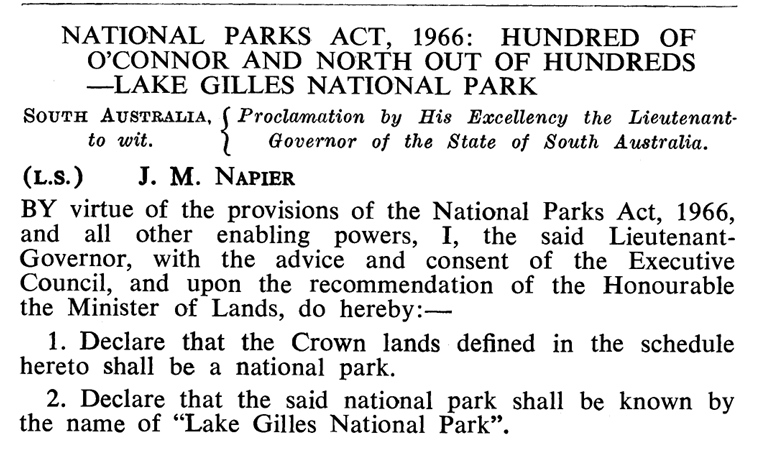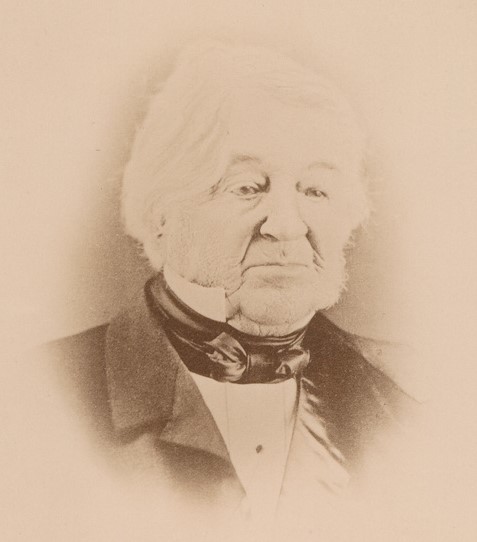After leaving Crystal Brook on 10th April 2024, I continued north on the Augusta Highway until reaching Port Augusta where I stopped briefly to stretch my legs. I then drove southwest on the Lincoln Highway before turning off onto the Eyre Highway. The highway is named in honour of the famous explorer Edward John Eyre (b. 1815. d. 1901).
Above:- Edward John Eyre. Image c/o Wikipedia.
My next planned activation for the day was the Lake Gilles Conservation Park.
Above:- Map showing the location of the Lake Gilles Conservation Park. Map c/o Google Maps.
The landscape changed dramatically once I had reached this point in the north of South Australia. The cropping area of the Mid North had disappeared and was replaced by grazing land.
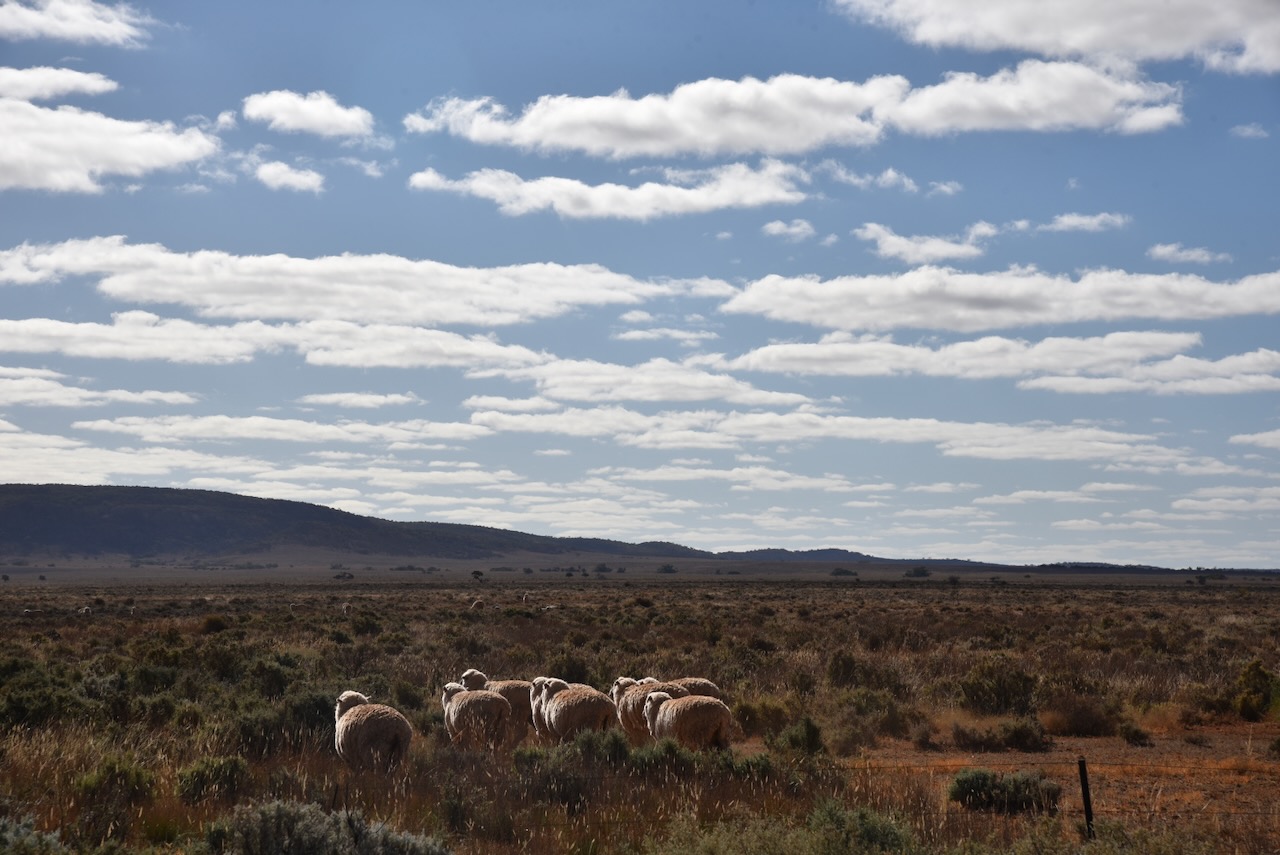
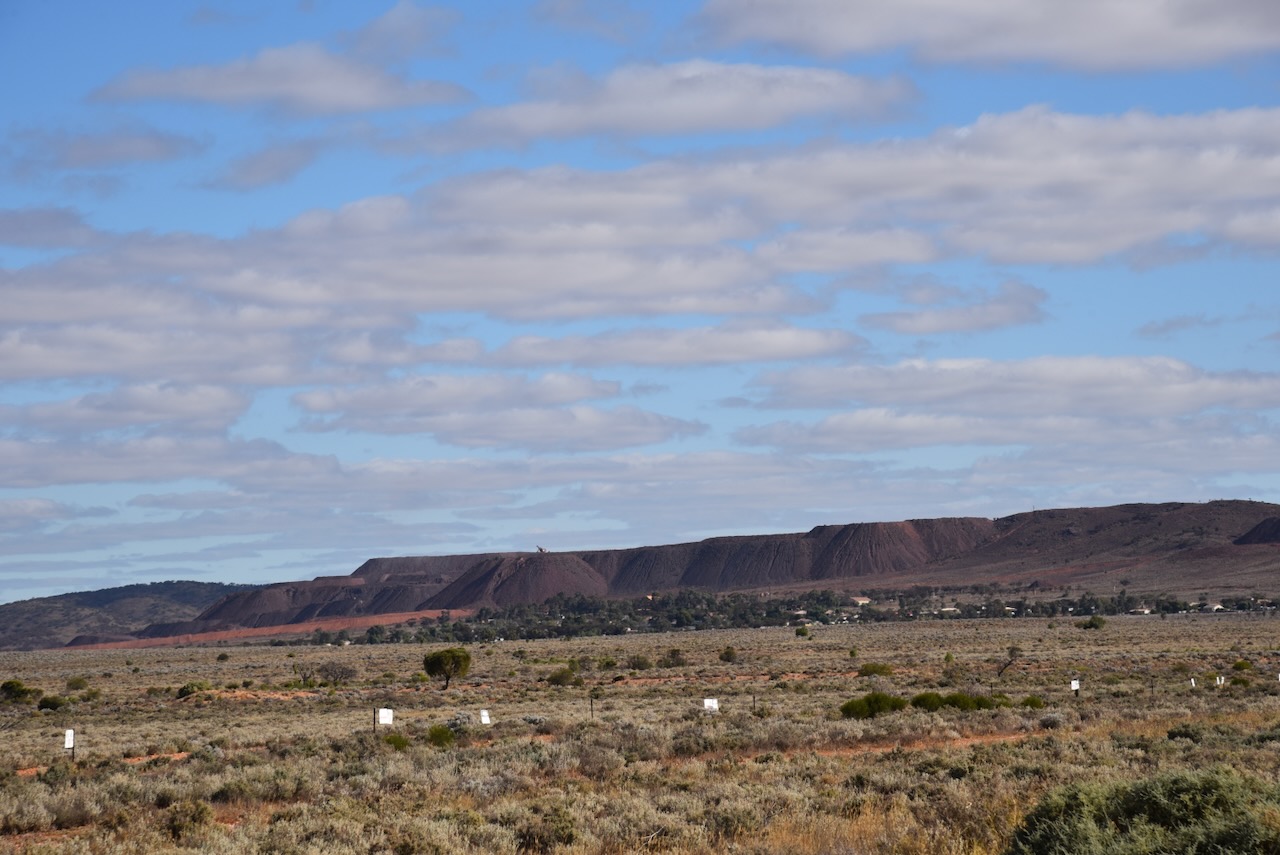
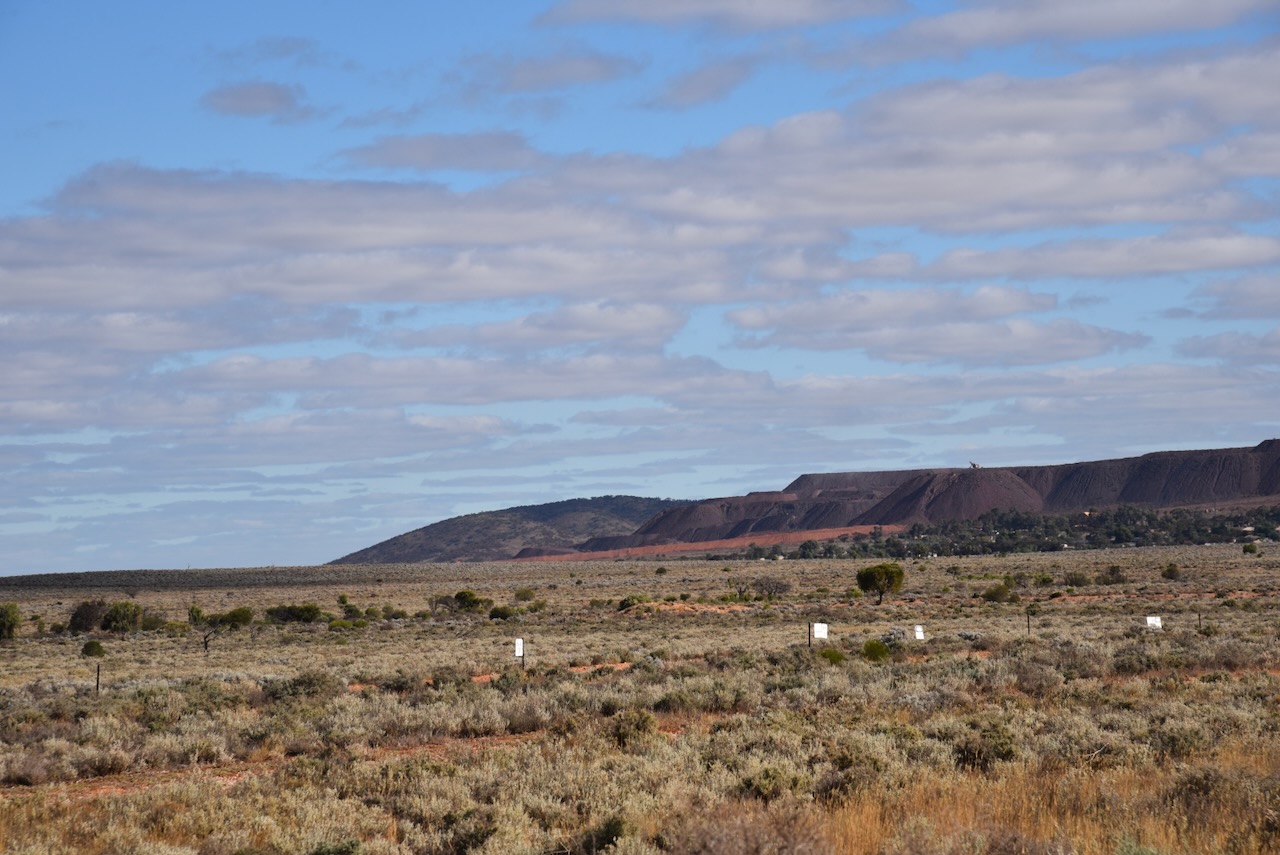
Prior to heading to the park, I detoured in to have a look at the town of Iron Knob located about 377 km north of the city of Adelaide.
Prior to European occupation, the land in this area was occupied by the Banggarla (also known as Parnkalla or Pangkala) aboriginal people. Their traditional land included most of the upper Eyre Peninsula, including Port Lincoln, Whyalla and the lands west of Port Augusta. (Aussie Towns 2024)
The first known European in the area was Captain Matthew Flinders (b. 1774. d. 1814). On the 9th day of March 1802, Flinders surveyed the area around current-day Whyalla. He named about 140 of the prominent landmarks including Mount Middleback, Middle Mount, Hummock Mount and (later Hummock Hill) and Point Lowly. Flinders wrote:
“I have examined on the western side of a squat hill apparently rising directly from a broad bay with a low sandy shore rising gradually. Here the adjacent mud banks appear to be frequented by a large number of ducks and black swans. I have named this spot Hummock Mount.” (Iron Knob 2024)
Above:- Matthew Flinders. Image c/o Wikipedia.
The explorer Edward John Eyre passed through the area in 1839. He recorded in his journals that on the 18th day of September 1840, he climbed a hill and described the area as principally ironstone. It is believed the hill was either Iron Baron or Iron Price. (Iron Knob 2024)
On the 30th day of January 1854, James Patterson established Cooroona Hill, now known as Corunna Station. This lease was taken over by Abraham Scott in 1861 and then in 1868 by John Morphett and Samuel Davenport. (Aussie Towns 2024) (Iron Knob 2024)
Above:- Sir Samuel Davenport. Image c/o State Library South Australia.
In the late 1870s Davenport became aware of the Iron Knob deposits. In 1886 he exhibited specimens of Iron Knob ore at the Indian and Colonial Exhibition in London. The exhibition was held in South Kensington, London. The Prince of Wales stated the objective was to “stimulate commerce and strengthen the bonds of union now existing in every portion of her Majesty’s Empire”. Queen Victoria opened the exhibition which was attended by bout 5.5 million people. (Iron Knob 2024) (Mathur 2007)
Above:- The Queen Opening the Colonial and Indian Exhibition Procession passing the principal entrance to the Indian Palace. Image c/o Wikipedia.
During the late 1880’s, Bill Howie and John Steicke were working on fences on Corunna Station which at the time was owned by two brother, C.E. and J.H. Morphett. Howie and Steicke noticed a massive red outcrop of ironstone on the property. When they returned to their hometown of Caltowie, they talked about their find amongst other locals. One of those was Franz Heinrich Ernst Siekmann. He along with several associates travelled to Coruna Station to investigate. An area around Iron Knob and Iron Monarch was pegged out and the Mount Minden Mining Company was formed. (SA Memory 2008)
Above:- Franz Heinrich Ernst Siekmann. Image c/o Ancestry.com.au
A shaft of about 500 feet was sunk and this established that iron ore existed at the location. They did not locate the gold and silver they were hoping to discover. The only use for iron ore at that time was a flux for smelting lead. The Broken Hill Proprietary Company (BHP) had a lead smelting plant at nearby Port Pirie. However, transportation to Port Pirie was difficult and interest in the mining of iron ore at Iron Knob waned. In 1893 Ernst became bankrupt due to the general economic depression in Australia. This was followed by notices appearing in the South Australian Government Gazette advising of payments due on the Iron Knob leases. In November 1897, the Mount Minden Mining Company was liquidated. (SA Memory 2008)
John Darling (b. 1852. d. 1914) from BHP then pegged out the leases at Iron Knob in the name of BHP. Darling had become a director of BHP in 1892 and was chairman of directors from 1907 to 1914. (Aust Dict of Biography 2024) (SA Memory 2008)
Above:- John Darling. Image c/o Wikipedia.
The ore was initially used at Port Pirie as a flux during the smelting of silver, lead and zinc ore. The ore was transported to Port Augusta by bullock teams, taking 2 days to reach the destination. The ore was then sent by rail from Port Augusta to Port Pirie. About 100,00 tons of ore was transported in this manner prior to 1900. (Iron Knob 2024) (Whyalla 2024)

Above:- Iron ore being carted from Iron Knob to Port Augusta using horse-drawn wagons, c. 1897. Image c/o State Library South Australia.
The BHP Whyalla Tramway from Iron Knob to Hummock Hill (now Whyalla) was completed in 1901. Hummock Hill was renamed Whyalla in 1914. (Drexel 1982)
In 1922 construction commenced on the Sydney Harbor Bridge. About 21% of the steel required for the bridge’s construction was smelted at Port Kembla in New South Wales from ore that was quarried at Iron Knob. The remaining 79% was imported from England. The total weight of the steelwork of the bridge, is 52,800 tonnes. (Wikipedia 2024)
Above:- the Sydney Harbour Bridge under construction. Image c/o Wikipedia.
During the 1920s iron ore from Iron Knob was exported to Holland (now the Netherlands) and to the United States of America. The Iron Baron mine was opened in 1933. Prior to the outbreak of the Second World War, iron ore from Iron Knob was exported to Japan. During the financial year of 1935-1936, a total of 291,961 tonnes of ore from Iron Knob was shipped to Japan via Whyalla. At this time Japan was considered as an ‘aggressor’ due to acts of war involving China. There were several protests by waterfront workers and seamen who were opposed to the export of iron ore to Japan. This led to several strikes and arrests. (National Museum Australia 2024) (Sydney Morning Herald 2024)
Above:- Article from The Age, Wed 20 Apr 1938. Image c/o Trove.
On the 15th day of November 1938, waterside workers refused to load iron ore on the ship Dalfram. They were concerned that the iron would be turned into bullets by the Japanese and may be used against Australia. They were also concerned that the iron was already being used in Japan’s invasion of Manchuria in China. At the time Australia’s Attorney General was Robert Gordon Menzies. The incident became known as the Dalfram Dispute and resulted in Menzies being known as Pig Iron Bob. (Maritime Union 2012)
Iron Prince and Iron Queen were opened in the 1970s. The Iron Duke mine was opened in 1990. (Iron Knob 2024) (Whyalla 2024)
Mining at Iron Knob finished in April 1998 when the last ore was removed from Iron Monarch. But by 2012, Iron Monarch was reopened and ore was once again transported to Whyalla. (Whyalla 2024)
Today Iron Knob has a post office, a camping ground and a tourist centre.
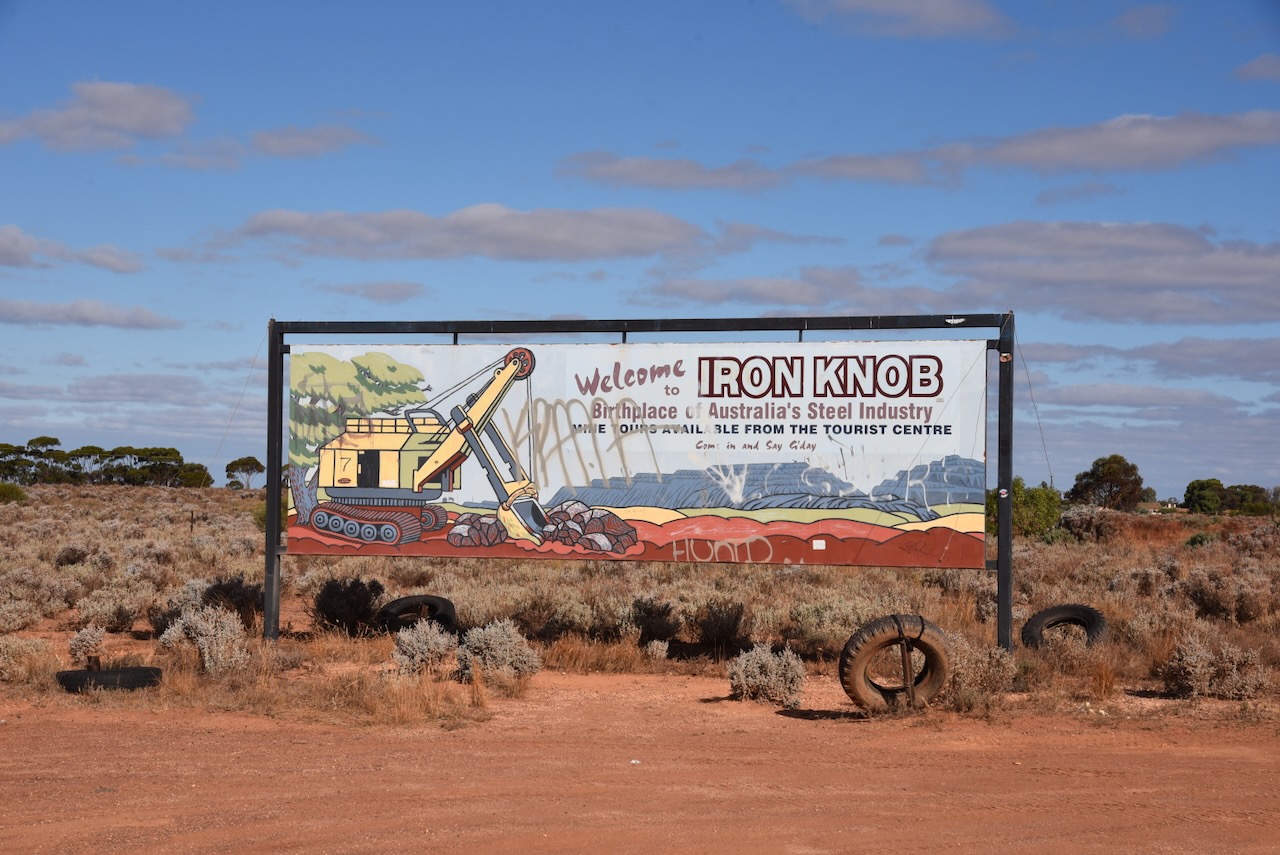
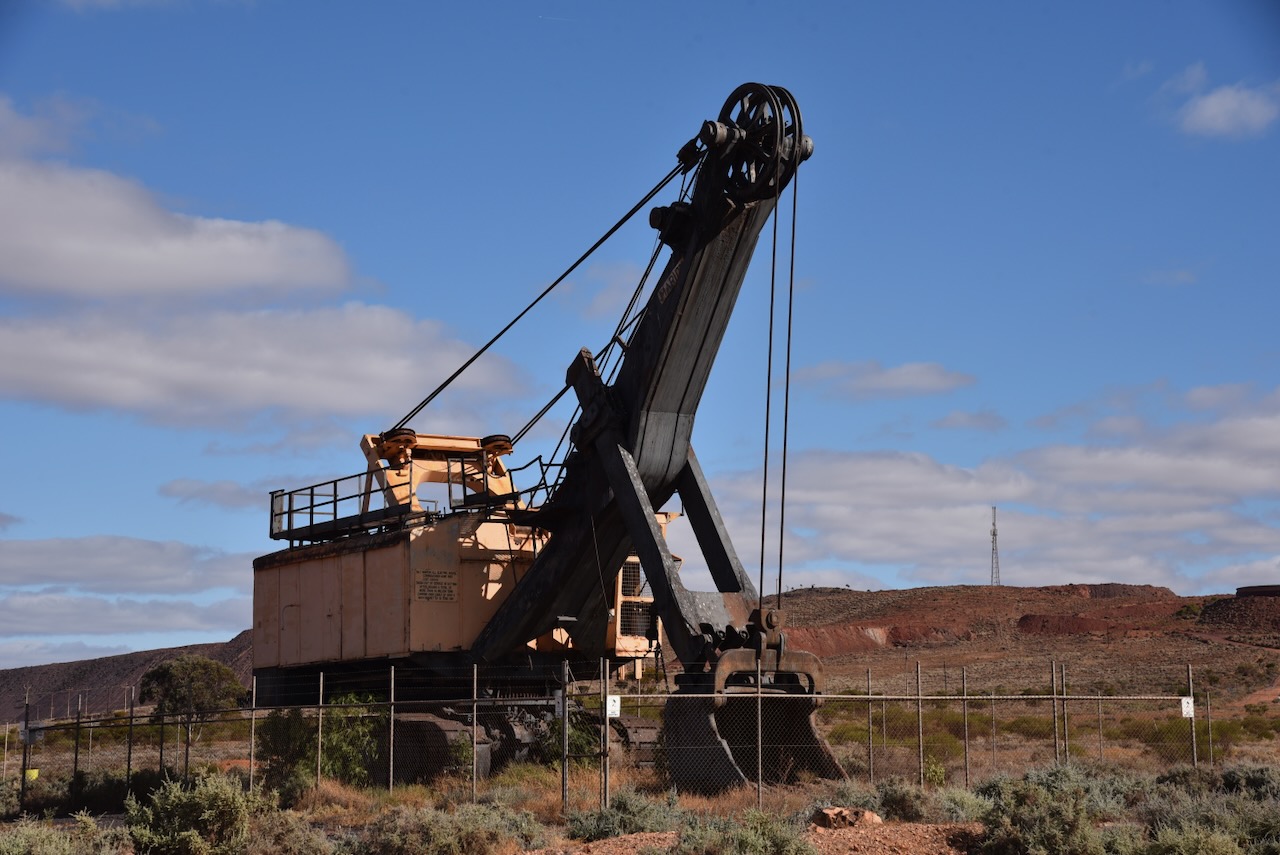
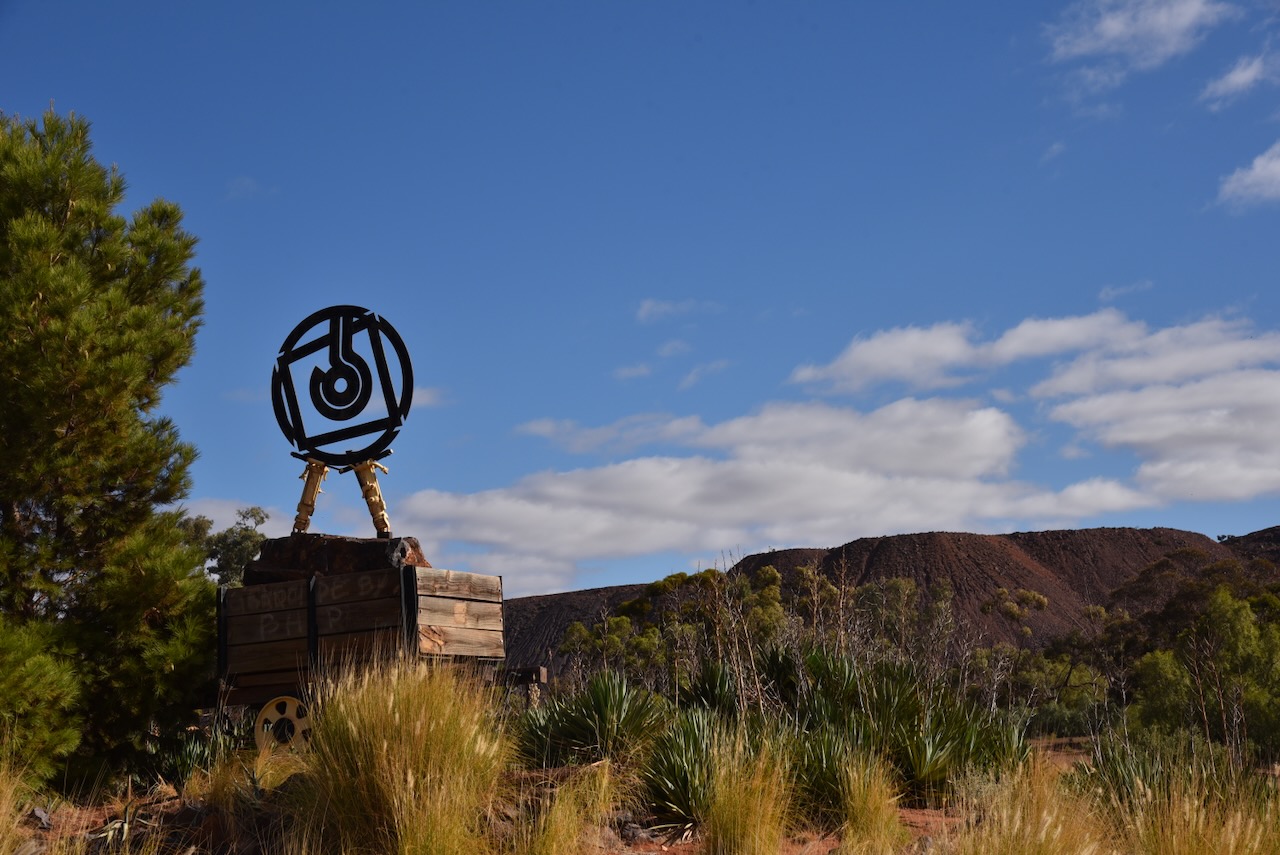
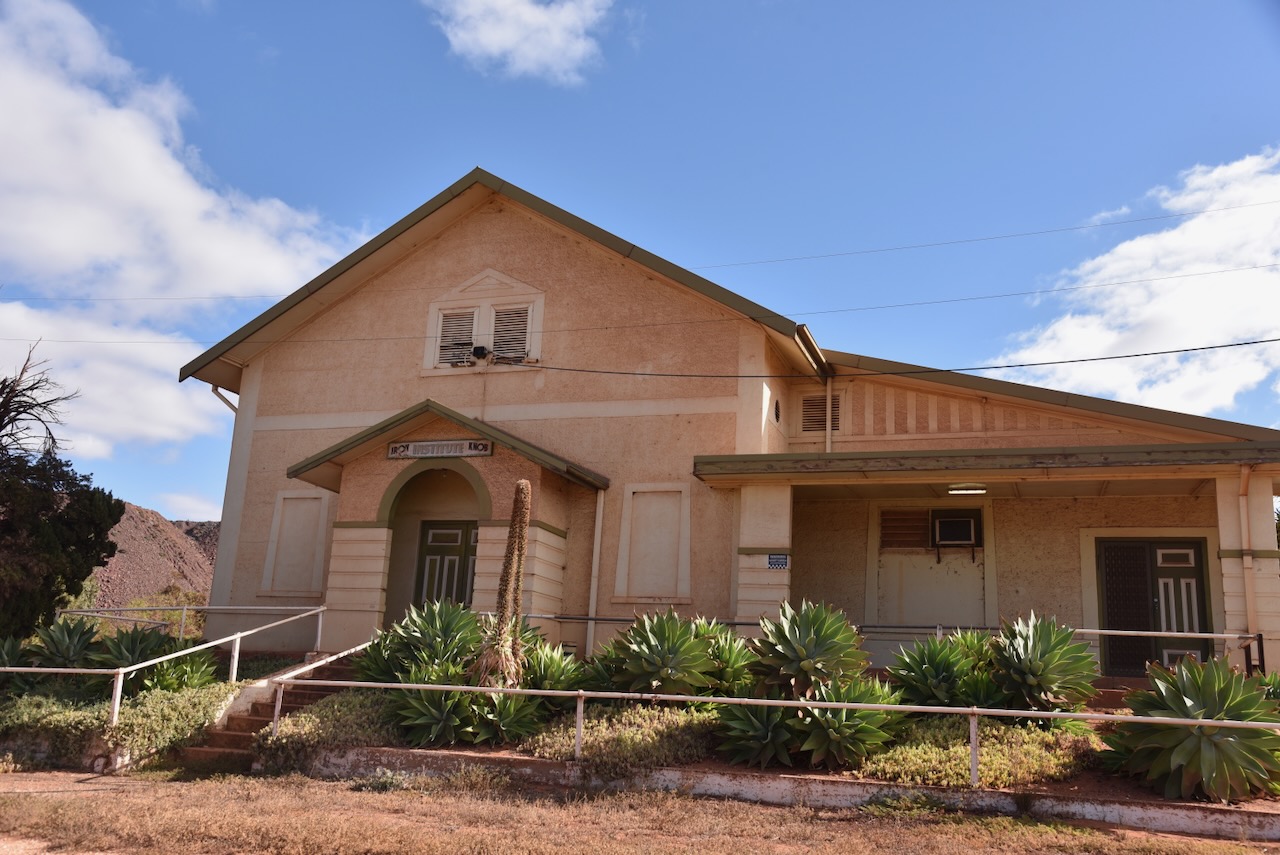
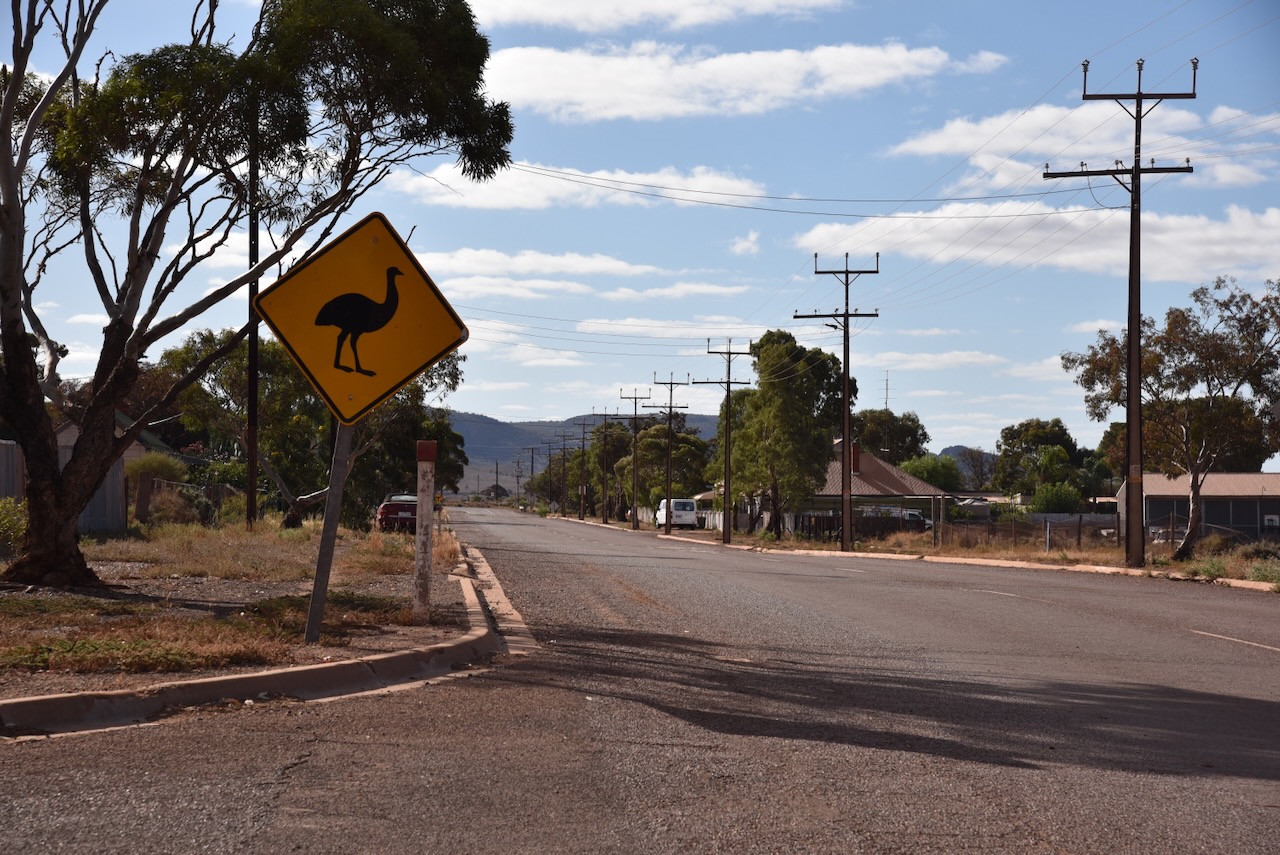
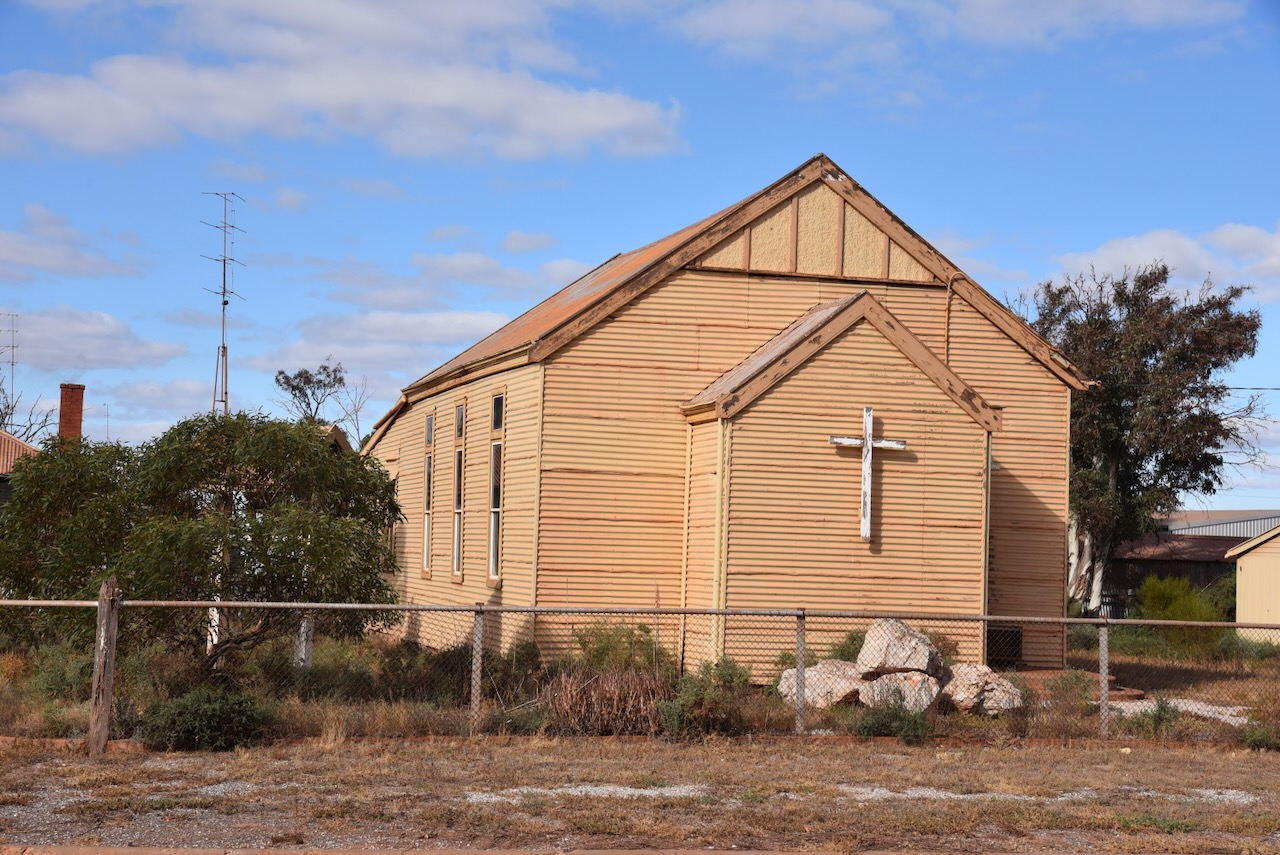
I drove to the Iron Knob Museum but unfortunately it was closed.
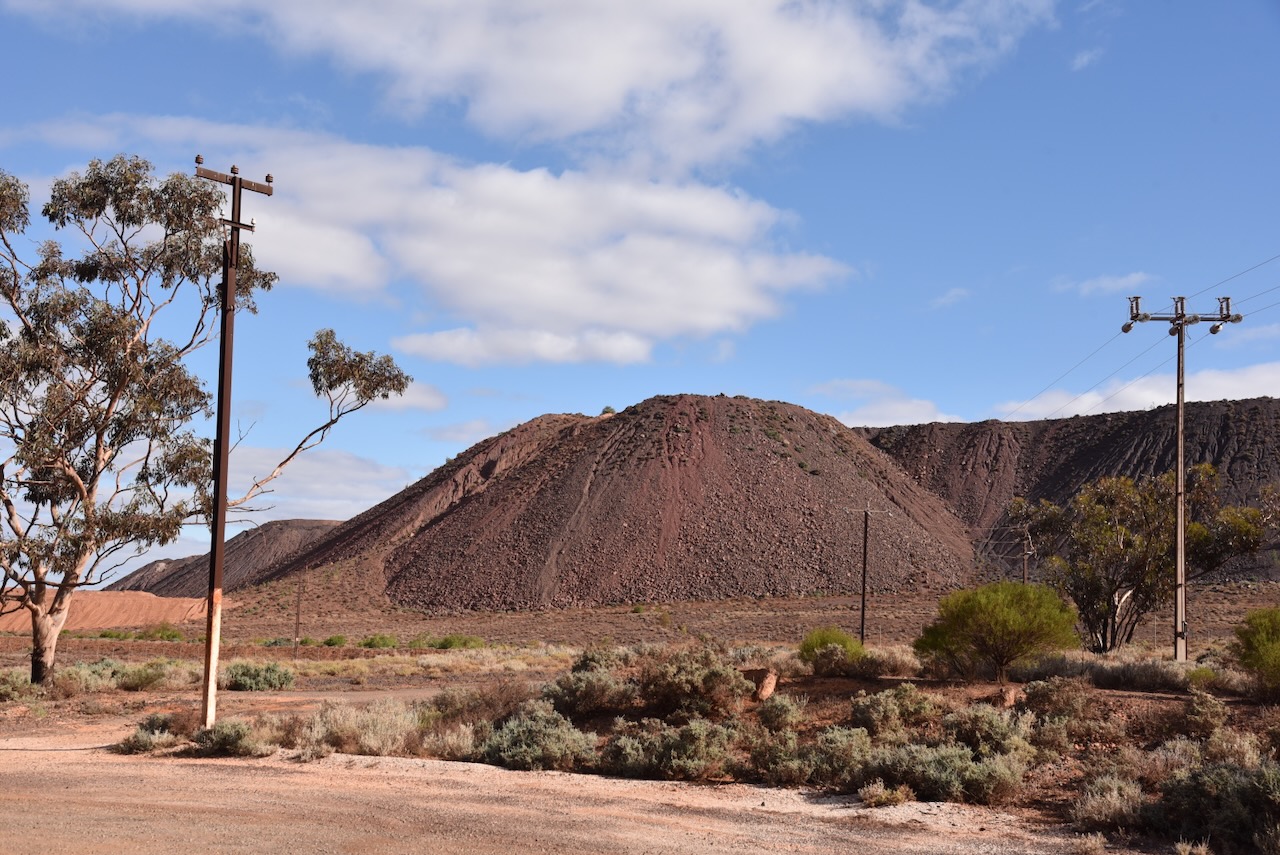
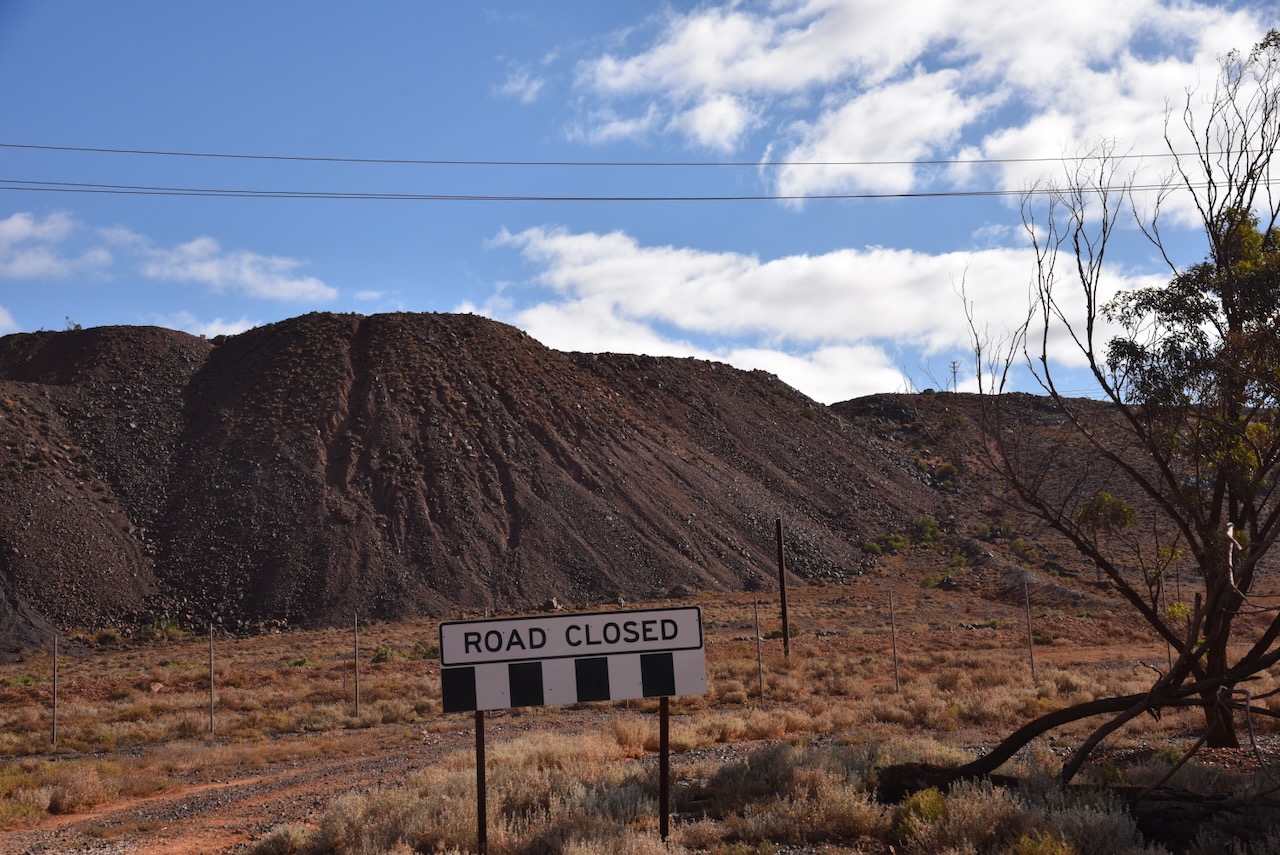

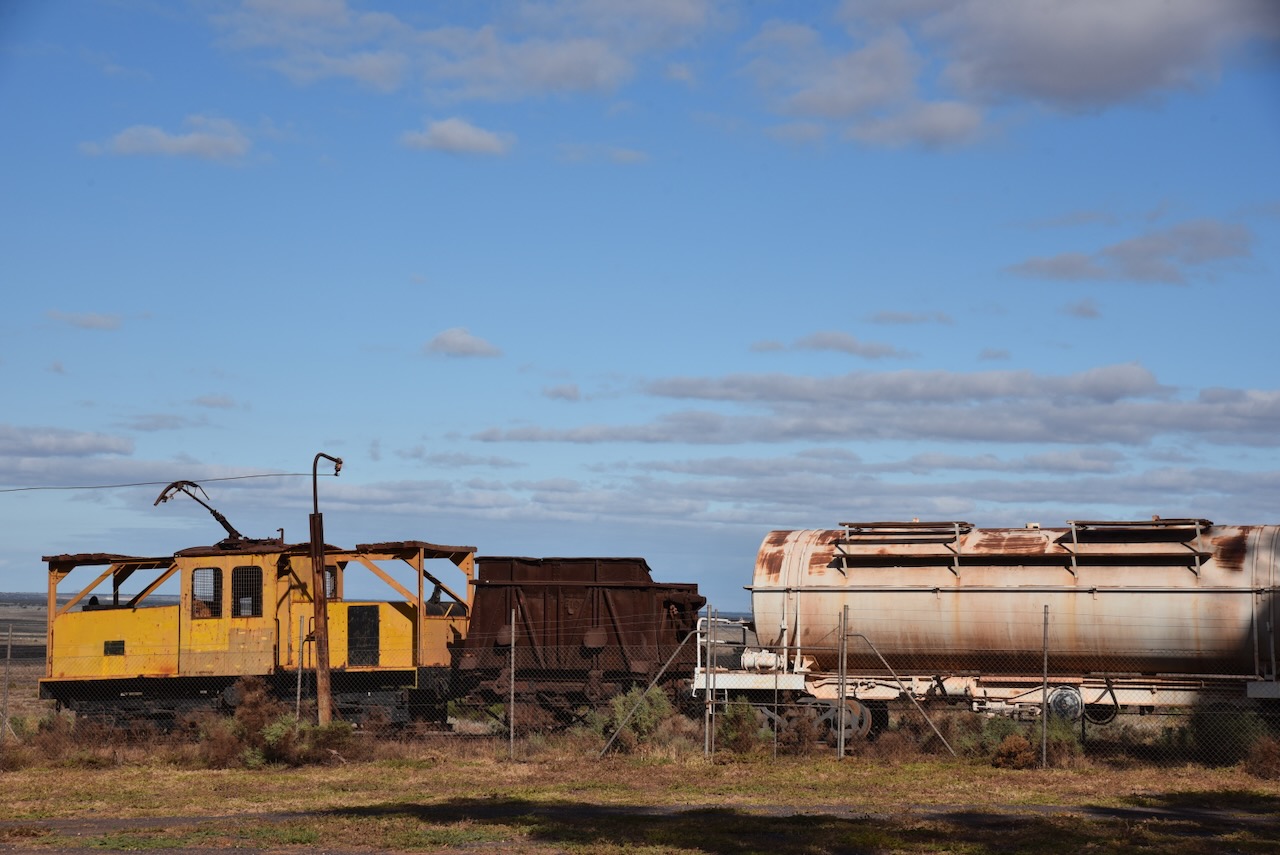
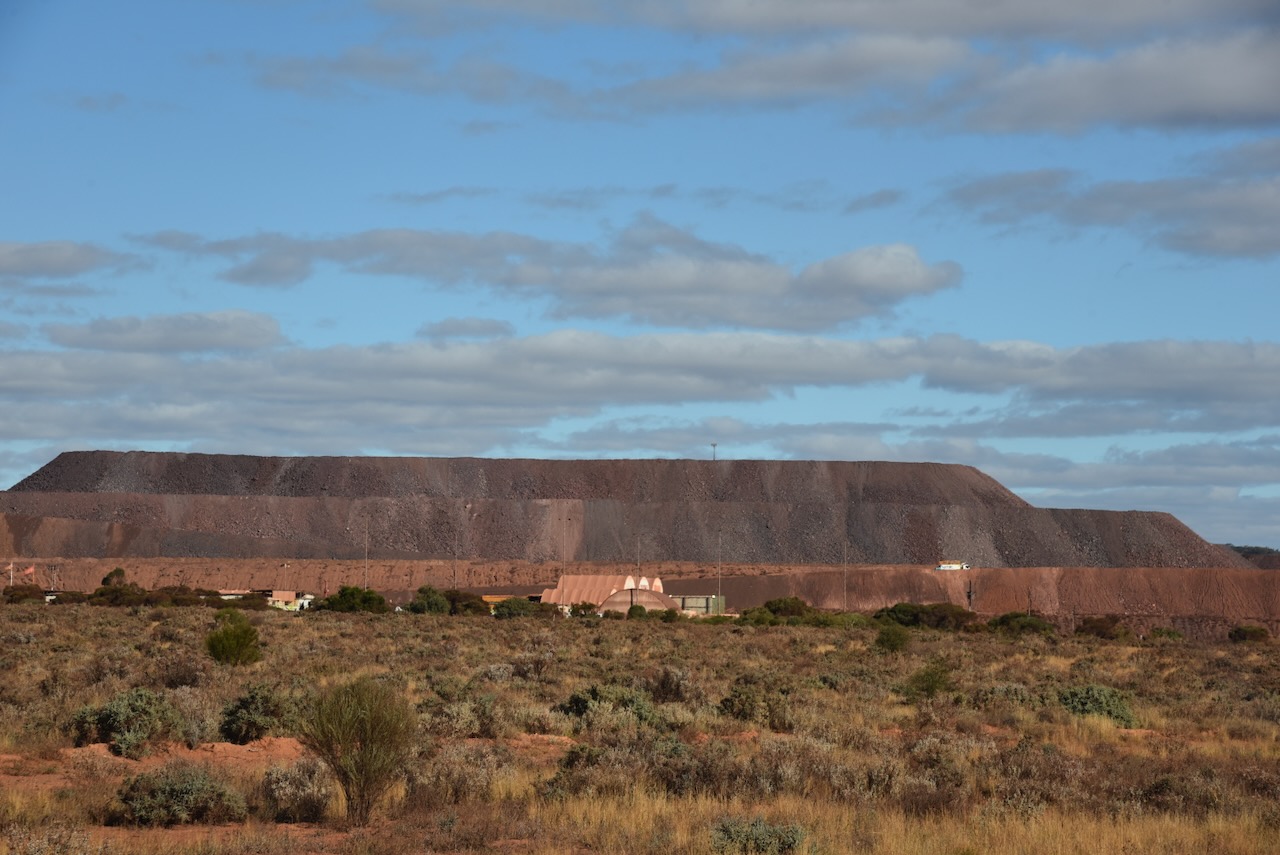
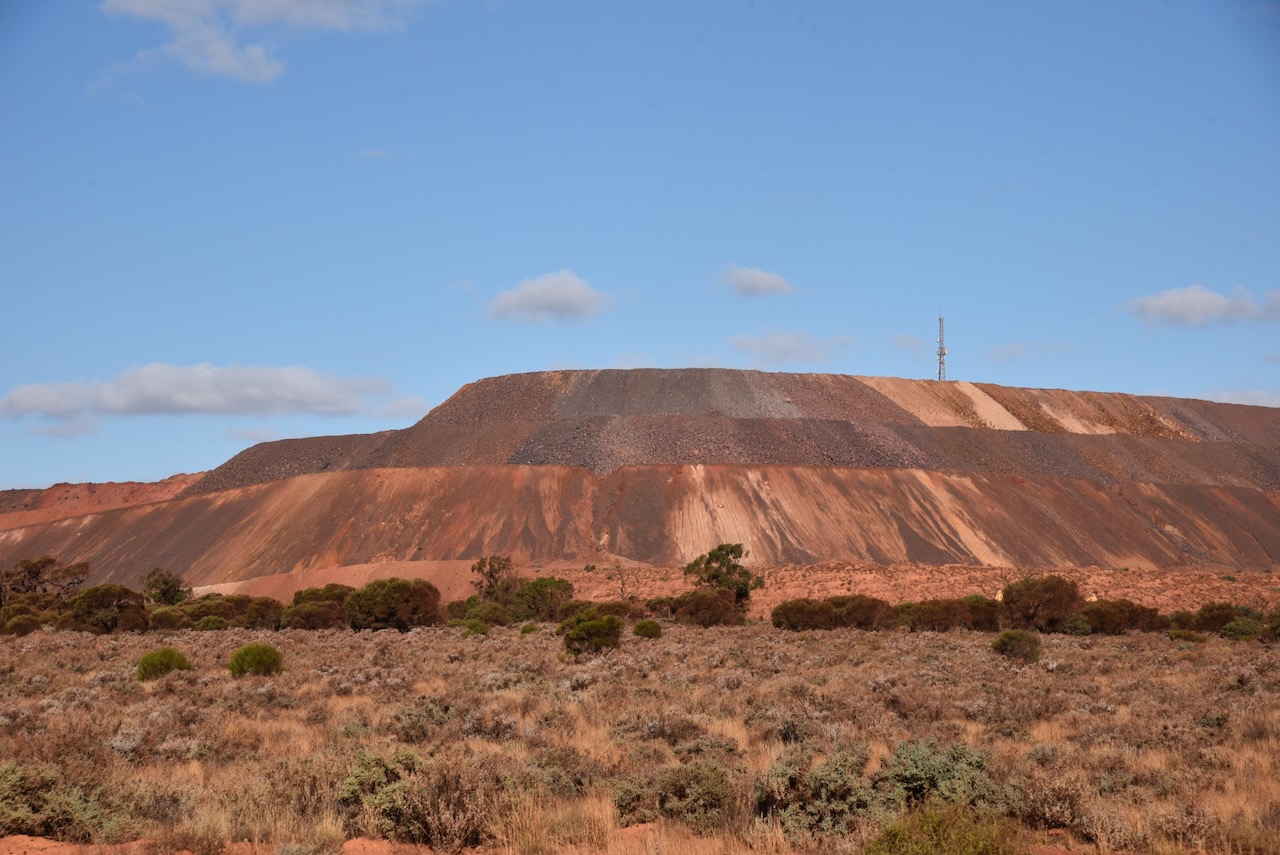
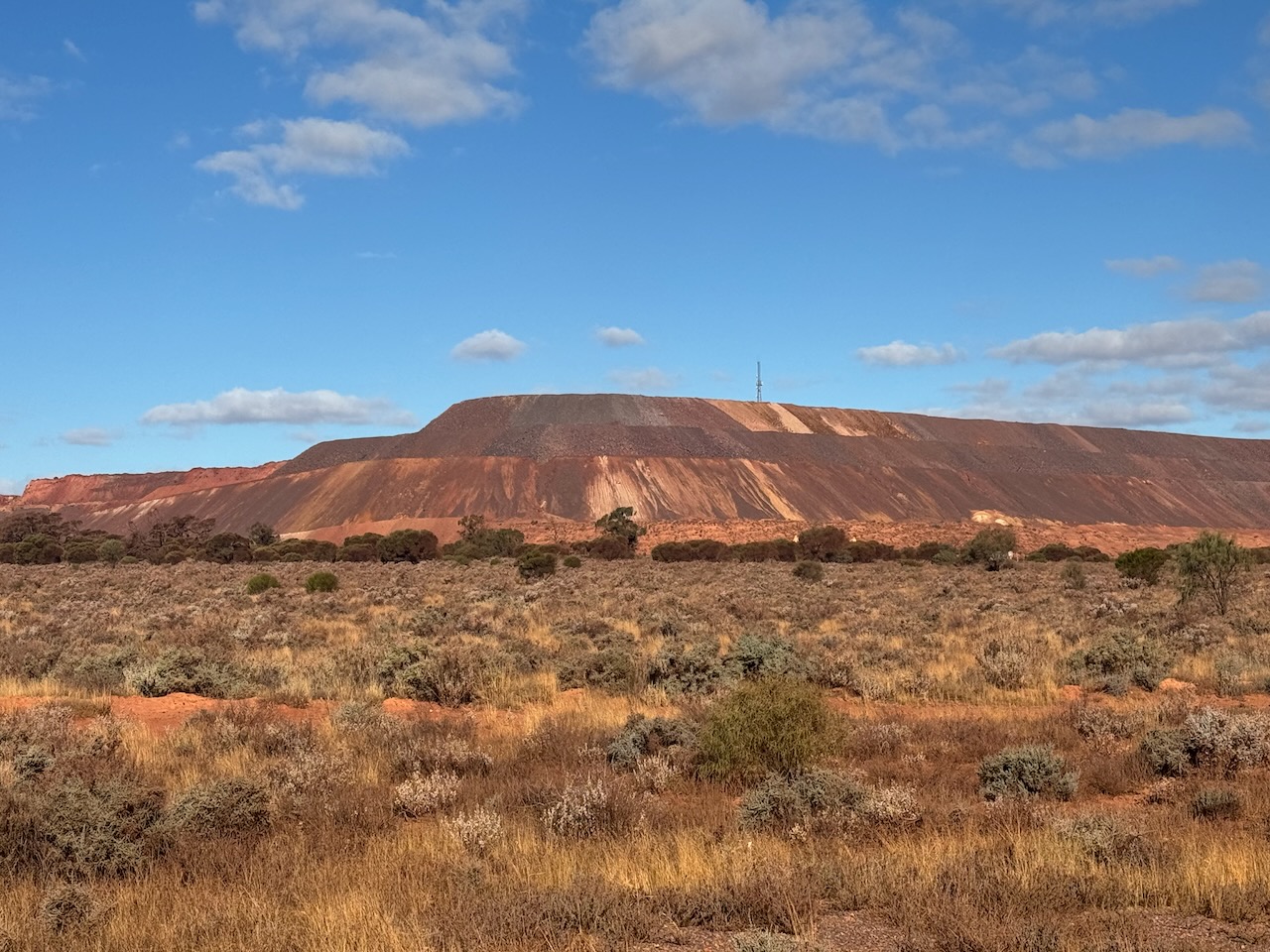
I left Iron Knob and drove 55 km along the Eyre Highway until I reached the Lake Gilles Conservation Park.
The Lake Gilles Conservation Park is about 655.27 km2 in size and was established on the 30th day of September 1971.
Above:- An aerial view of the Lake Gilles Conservation Park showing its boundaries. Image c/o Google Earth.
The park was originally proclaimed as the Lake Gilles National Park on the 30th day of September 1971. On the 27th day of April 1972, it was proclaimed the Lake Gilles Conservation Park. On the 5th day of August 2010, the Lakes Gilles Conservation Reserve which had been created in 1994, was added to the Conservation Park. (Wikipedia 2024)
Above:- proclamation of the Lake Gilles National Park. Image c/o South Australian Government Gazette, 30 September 1971.
The park is named in honour of Osmond Gilles (b. 1788. d. 1866) who was a settler, pastoralist, mine owner, and the first Colonial Treasurer in the Colony of South Australia. Gilles was born in London in August 1788. He emigrated to South Australia in 1836 aboard the HMS Buffalo. In 1837 he had the largest holdings of any settler in the new colony. Other than the park, other localities are named in his honour including Gilles Street in Adelaide, the OG Hotel a Klemzig, O.G. Road, and the suburb of Gilles Plains. (Aust Dict of Biography 2024)
Above:- Osmond Gilles. Image c/o Wikipedia.
The park consists of sparse and semi-arid mallee landscape. The saline lake in the park is surrounded by low sandy rises, gypsum dunes and isolated stony hills. (Parks SA 2024)
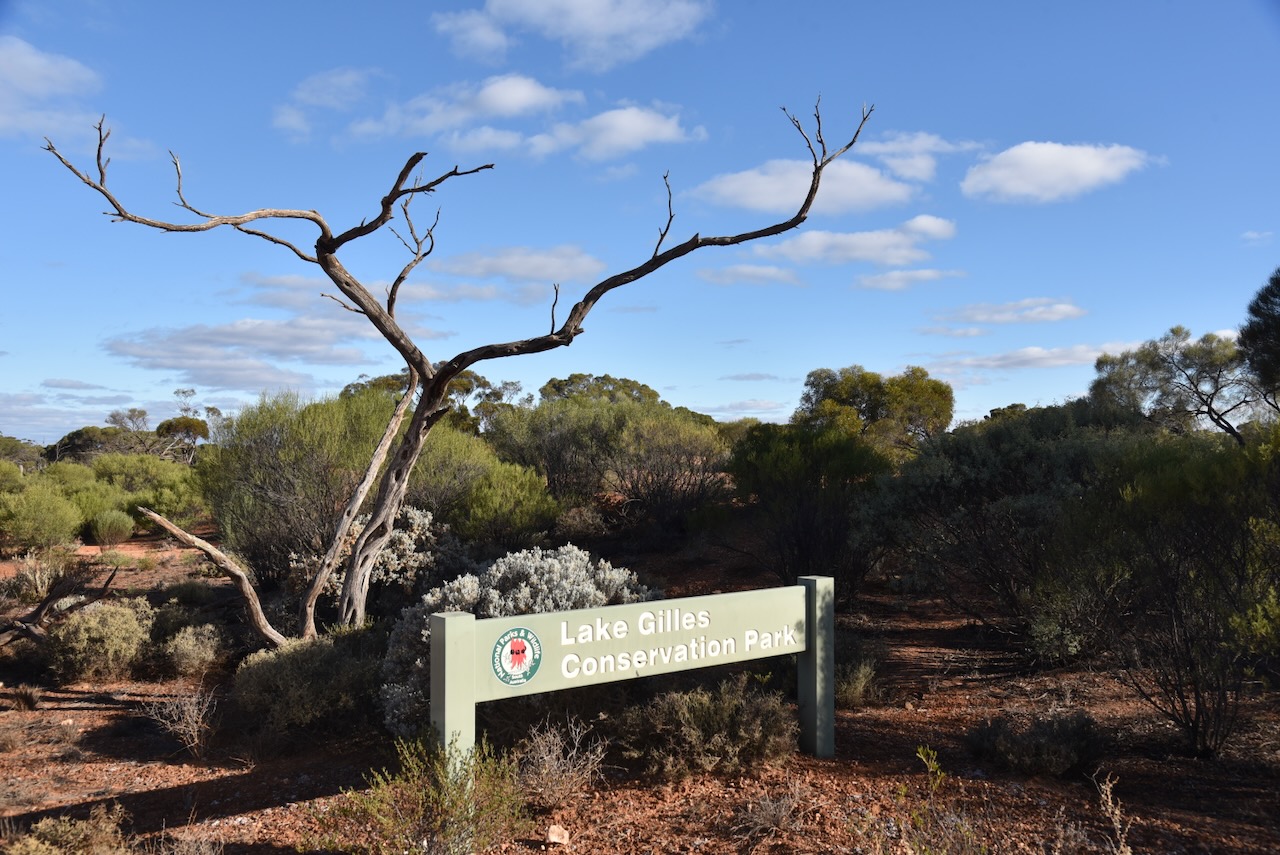
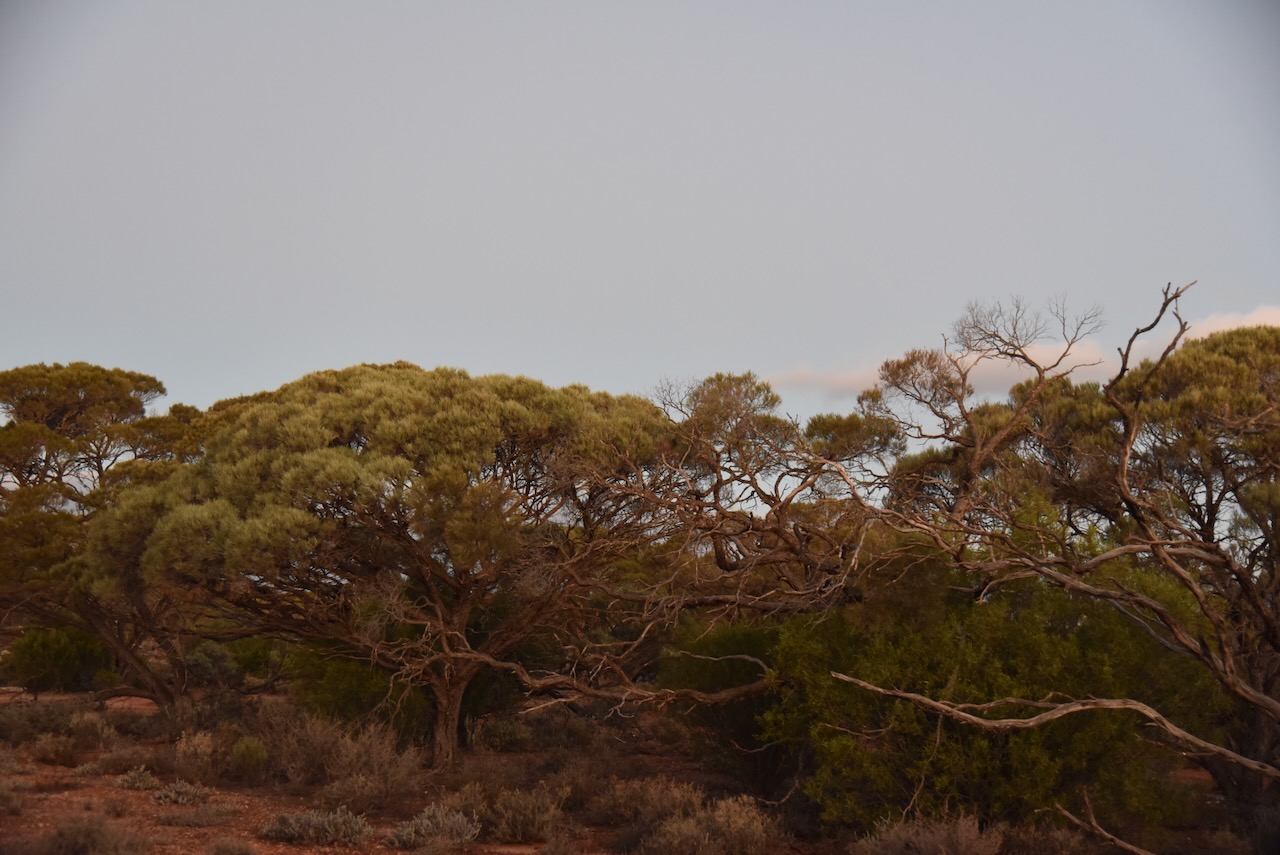
I set up in the park on the southern side of the Eyre Peninsula. I ran the Yaesu FT857, 40 watts, and the 20/40/80m linked dipole, inverted v, supported by a 7 metre heavy duty telescopic squid pole.
I logged a total of 148 stations, with an excellent opening on the 20m band, long path into Europe. I also made 4 Park to Park contacts.
I worked the following stations on 20m SSB:-
- VK4JT
- VK4NH
- Vk4DXA
- VK7XX
- VK3SX
- KH6KW
- VK5QA
- VK1AO
- VK2MET
- IK1GPG
- VK3CEO
- VK3NDG/p (Mitchell River National Park VKFF-0321)
- VK3YV/p (Mitchell River National Park VKFF-0321)
- IW2BNA
- VK3PF/p (SOTA VK3/ VG-121)
- OH1MM
- DL1EBR
- KG5CIK
- OH6GAZ
- IK4IDF
- UT5PI
- F1BLL
- VK6LK
- ON3UA
- VK3ACZ
- SP7MW
- VK3SPG
- F4JJS
- I4RHP
- GM1SDK
- IU1RLJ
- ON3YB
- M7CBI
- VK4EHI
- ZL3MR
- ON6ZV
- VK2EXA
- SQ9CWO
- IZ8VYU
- F4GYG/m
- VK6NU
- ZL1TM
- VK3PWG
- EA3MP
- PD2BA
- EC5CSW
- EA5G
- F5IYO
- 2E0VRX
- SQ2WKQ
- DL3WB
- DL7HU
- F4GYM
- KG8P
- MI6OLJ
- RC5F
- VK3ALF
- F6EOC
- DK7RD
- OK2TS
- VK3GJG
- VK3SO
- OH2NC
- EA5IQN
- VK3CWF
- M0UCK
- VK3APJ
- EA1GIB
- VK2MG
- VK1ARQ
- VK4FOX
- VK4SMA
- ZL3ASN
- VK6KMS
- ON8ON
- OM5TX
- DK4RM
- VK3MLT
- EA3AGQ
- OM3CND
- VK5AYL
- VK2XGB
I worked the following stations on 40m SSB:-
- VK3PF/m
- VK5TUX
- VK5AYL
- VK5JA
- VK3VIN
- VK5FANA
- VK5AAF
- VK4SMA
- VK6JQ
- VK5MOS
- VK1AO
- VK2MET
- VK3PWG
- VK1CHW
- VK3DL
- VK4HMI
- VK2IO/p (Deua National Park VKFF-0138)
- VK5WU
- VK2XGB
- VK3UAO
- VK3HJW
- VK2EFM
- VK7MAT
- VK5BRU
- VK4EMP
- VK4TI
- VK3ABQ
- ZL2STR
- VK7WUU
- VK4PDX
- VK3SO
- VK3SFG
- VK2XO
- VK5HS
- VK5LKJ
- VK2MOE
- VK3CMA/p (Whroo Natural Features Reserve VKFF-2229)
- VK6LK
- VK6LMK
- VK1AAF
- VK3BBB
- VK2CCP
- Vk3AN
- VK3APJ
- VK2EXA
- VK4NH
- VK4DXA
- VK4VCO
- VK2WE
- VK5AAY
- VK6AAX
- VK5GY
- VK3BKO
- VK7IAN
- KD1CT
- VK1ARQ
- VK4DTS
- VK3ANL
- VK3SQ
- VK2BD
- VK5DGR/p
- VK5MAZ
- VK3SPG
- VK3PY
- VK4FOX
- VK3BSF
I then headed off to Kimba where I planned to spend 2 nights.
References.
- Aussie Towns. (n.d.). Iron Knob, SA. [online] Available at: https://www.aussietowns.com.au/town/iron-knob-sa [Accessed 23 May 2024].
- corporateName =National Museum of Australia; address=Lawson Crescent, A.P. (n.d.). National Museum of Australia – Iron ore exports. [online] http://www.nma.gov.au. Available at: https://www.nma.gov.au/defining-moments/resources/iron-ore-exports. [Accessed 25 May 2024].
- Drexel, John F. (1982). Mining in South Australia – A Pictorial History. Government of South Australia – Department of Mines & Energy. p. 221
- Dutton, G. (n.d.). Cultural Advice. [online] Australian Dictionary of Biography. Available at: https://adb.anu.edu.au/biography/eyre-edward-john-2032 [Accessed 21 May 2024].
- Iron Knob. (n.d.). Our History. [online] Available at: https://ironknob.org/our-history/ [Accessed 21 May 2024].
- Kent (1972). Darling, John (1852–1914). [online] Anu.edu.au. Available at: https://adb.anu.edu.au/biography/darling-john-3876 [Accessed 25 May 2024].
- Maritime Union of Australia (2012). Pig Iron Bob (1938). [online] YouTube. Available at: https://www.youtube.com/watch?v=rb2mFVpyznc [Accessed 25 May 2024].
- National Parks and Wildlife Service South Australia. (n.d.). Lake Gilles Conservation Park. [online] Available at: https://www.parks.sa.gov.au/parks/lake-gilles-conservation-park [Accessed 23 May 2024].
- Saloni Mathur, India by Design: Colonial History and Cultural Display (Berkeley: U of California P, 2007), p.57.
- Symes, G.W. (n.d.). Gilles, Osmond (1788–1866). [online] Australian Dictionary of Biography. Available at: https://adb.anu.edu.au/biography/gilles-osmond-2097 [Accessed 23 May 2024].
- The Sydney Morning Herald. (2004). Iron Baron. [online] Available at: https://www.smh.com.au/lifestyle/iron-baron-20040208-gdkqj7.html [Accessed 25 May 2024].
- Whyalla. (n.d.). Iron Knob. [online] Available at: https://www.whyalla.com/iron-knob [Accessed 21 May 2024].
- Wikipedia. (2024). Lake Gilles Conservation Park. [online] Available at: https://en.wikipedia.org/wiki/Lake_Gilles_Conservation_Park [Accessed 23 May 2024].
- http://www.samemory.sa.gov.au. (n.d.). SA Memory. [online] Available at: https://www.samemory.sa.gov.au/site/page.cfm?c=3777 [Accessed 25 May 2024].


